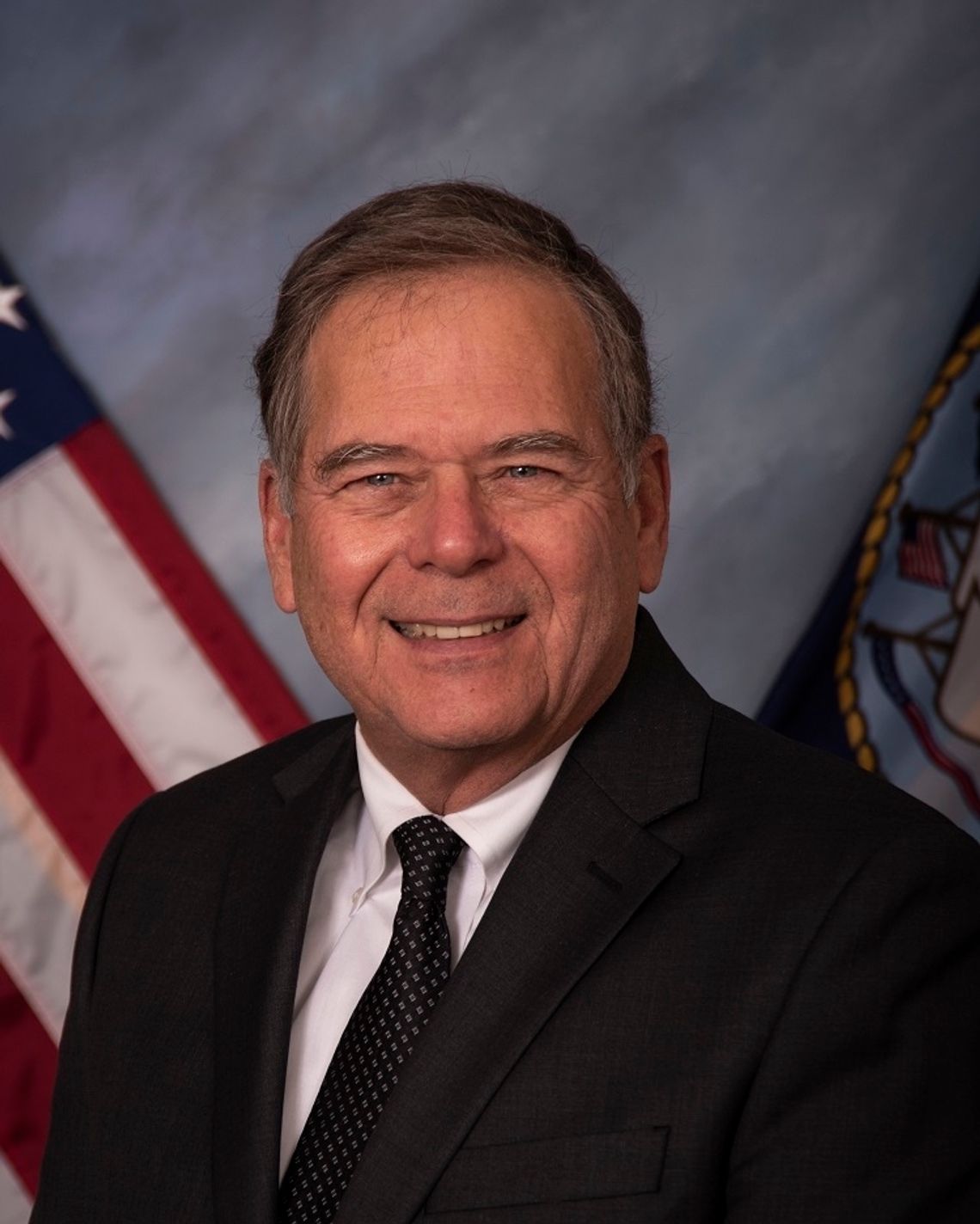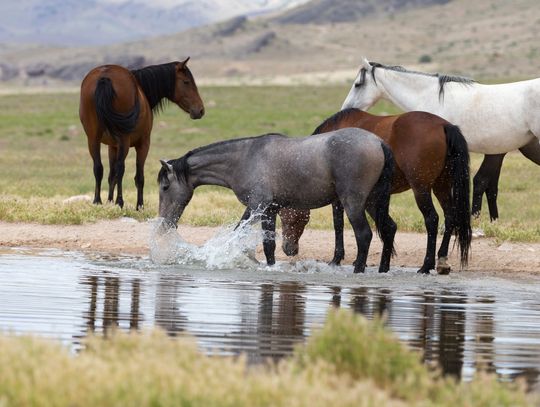On January 20, I concluded my tenure as Assistant Secretary of the Navy for Energy, Installations and Environment. While proud of the many accomplishments achieved by our Navy and Marine Corps team, I regret to have left office while the critical modernization of the Fallon Range Training Complex still awaits legislative approval.
Updating the northern Nevada complex and associated land withdrawal is a top Navy priority and the most significant issue facing my successor. In its current state, the Fallon range is obsolete and does not provide the quality of training necessary for the F-35 Joint Strike Fighter and Navy SEAL ground mobility training teams. They are training with 21st century weapons on a range built to accommodate 20th century technology. As a result, our Sailors and Marines are not using weapons to their full capability until they go into combat. The success of the sophisticated missions carried out by our special forces and F-35 aircraft is a direct reflection of the caliber of realistic training practiced on the Fallon range. We must train like we fight in order to win.
Our training deficit is intensified by China’s aggressive quest to dominate the United States and our allies – militarily, economically, and technologically. China’s continued rise as a global power and recent Chinese belligerence raise the likelihood of conflict sooner than later and must be considered in our training to ensure we are ready to fight and win. Modernization of the Fallon range is imperative to that readiness. We must train somewhere and need to look at options if we are to delay Fallon expansion. Navy investment should be seen as an incentive to a willing partner.
The modernization is a massive, time-critical undertaking that cannot be accomplished by the Navy alone. The Navy needs the support of the incoming administration to include our federal partner, the Department of the Interior. The Navy also needs the Nevada state government, county governments, tribes, and environmental organizations to back this effort. In addition to all that coordination is the lengthy timeline to update the range, an undertaking that will take years to complete. Time is not on our side.
Since the need for range expansion was formally identified in August 2016, the Navy has worked diligently with stakeholders to alleviate proposed modernization impacts and reconcile other concerns. The Navy is committed to protecting and preserving natural and cultural resources, compensating affected grazers and miners, accommodating future development, and implementing range access and other agreements to minimize impacts on those affected.
Even with these exhaustive efforts and continuous engagement efforts with members of the 116th Congress, Fallon range modernization still awaits congressional support. The Navy is committed to further develop a proposal that meets Navy training requirements and stakeholder concerns and implores the 117th Congress to make Fallon range modernization a priority.
Although I was nominated to my position by one political party, the Department of the Navy remains apolitical, consisting of uniformed servants who swore an oath to support and defend the Constitution of the United States. The Fallon range modernization is a national security imperative that was initiated under the Obama Administration and thus transcends political affiliation.
To close, we can both expand the Fallon range and safeguard the natural and cultural resources entrusted to us by the people of our great land. In doing so, we will be protecting critical interests of every American who wants to keep this nation strong and free. To ensure mission success, Congress must make Fallon modernization a priority.









































Comment
Comments